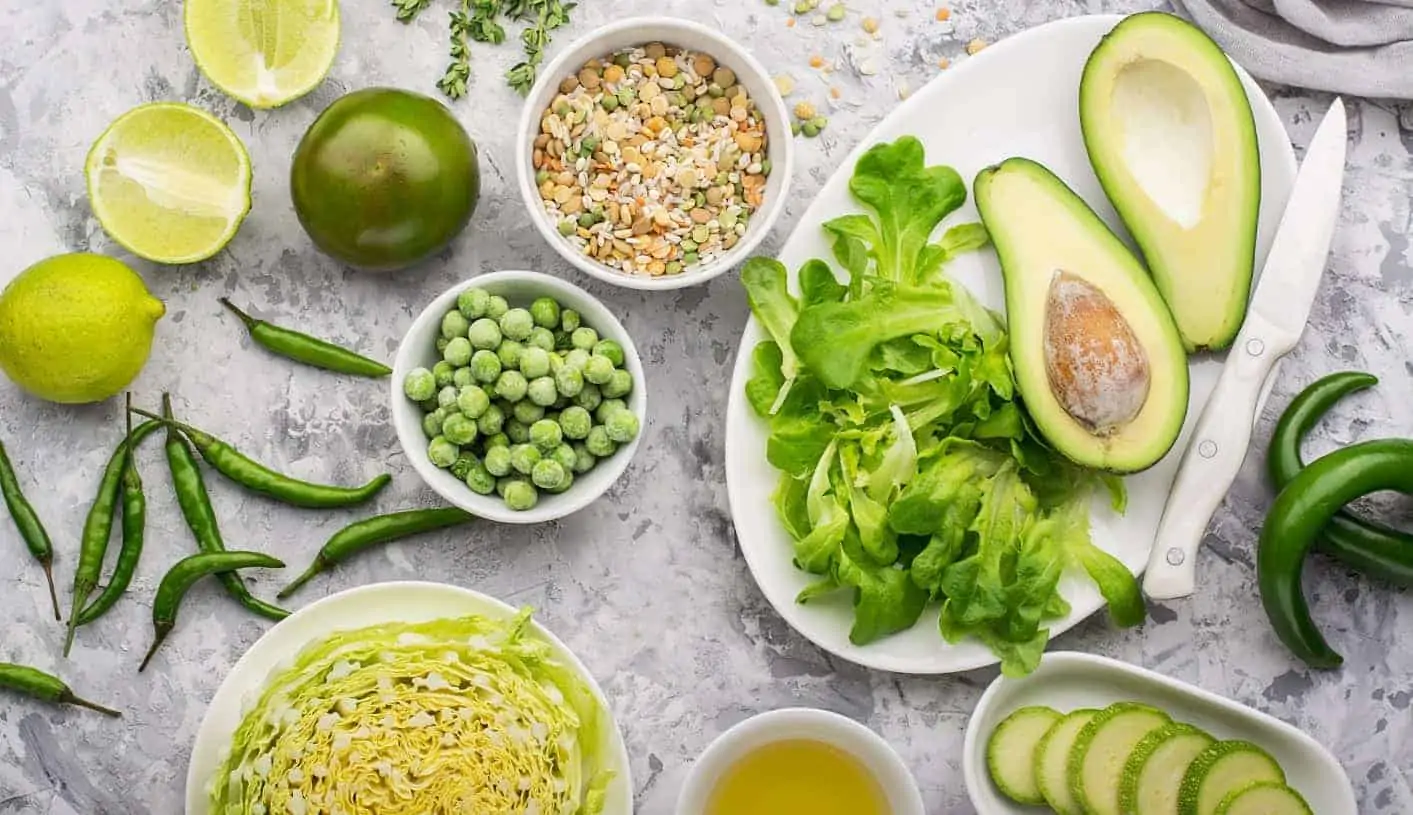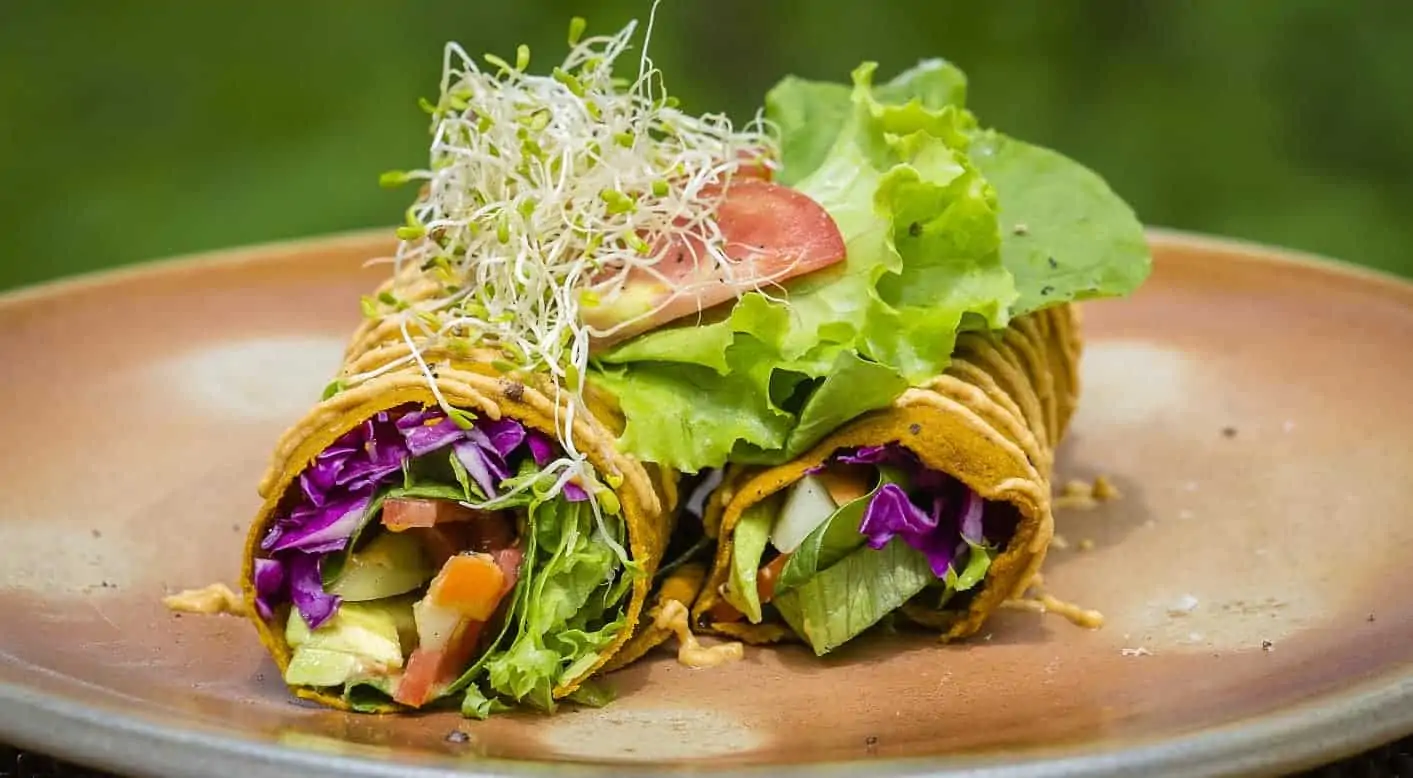
Here at the House of So Cosy, we’re all about choosing the all-natural alternatives that make the world a brighter, kinder, and more sustainable place.
Whilst our collection of finely crafted, organic wool accessories, and jute homewares make it easy to go all-natural with your wardrobe and home, doing the same with your diet can unlock many more advantages for your health and the planet.
Going meat-free is a great and increasingly easy way to embrace all things au naturel, but what about going raw?
In this blog post, we explore the raw food diet, its benefits and the simple yet satisfying recipes made for beginners.
What exactly is a raw food diet?
By following a raw food diet, you’ll be eating mostly or completely raw, organic, and uncooked foods. Unlike most of the foods found on our supermarket shelves, raw food is completely unprocessed.
This means that ingredients have not been refined, pasteurised, treated with or exposed to pesticides, or processed in any other way.
Raw eating isn’t about chowing down on salads for breakfast, lunch, and dinner. Raw diets are surprisingly tasty and varied. The raw food diet is usually plant based, with fruits, vegetables, seeds, nuts, beans, grains, and legumes staple parts of the raw regime.
Food can be classed as raw when it hasn’t been heated over 48°C, but that doesn’t mean that you don’t have to be a whizz in the kitchen.
Raw foodies use many alternative preparation methods, including sprouting, soaking, blending, juicing, and dehydrating.
What are the benefits of going raw?
Like veganism, going raw has been linked to a long list of health benefits. The process of cooking food after all destroys many of the natural enzymes that boost health and wellbeing.
By removing the cooking process, raw ingredients can hold onto this all-natural goodness, which will work wonders for your body, mind and soul.
BBC Good Food nutritionist Tanya Maher explains more about the health benefits associated with the raw food diet:
“As a holistic health coach, I have witnessed countless benefits among my clients and, personally, I’ve found that I have more energy and focus. In addition, my acne cleared, and I have stronger hair and nails.
You don’t have to eat 100% raw either. Include uncooked veg and greens with your meals, and opt for unprocessed, whole foods wherever possible.”
Those following a raw food diet have reported better digestion and weight management. Raw eaters have also been found to have a reduced risk of developing many long term illnesses and diseases, including heart disease, diabetes, and cancer.

How can I get started with raw eating?
Getting started with your very own raw eating regime is easier than you think. As the popularity of raw eating rises, there’s tons of recipe inspiration online -especially for beginners.
Even if you haven’t encountered the alternative food preparation methods relied upon by seasoned raw eaters, switching to a raw food diet doesn’t have to be time consuming.
Start the day the right way with a colourful, textural, flavour-filled smoothie bowl just like this one from The Simple Veganista.
If you’re enjoying breakfast on the go, grab this protein packed, gluten free, completely raw and indulgently sweet vegan chocolate strawberry almond smoothie.
Revive your love of packed lunches with this raw beet and sweet potato salad, or add some spice and a seasonal twist to proceedings with a shredded Brussel sprout and autumn vegetable salad.
If wraps are more your thing come lunchtime, this sweet and spicy mango and zucchini lettuce wrap recipe will be right up your street.
Dinner can also be a taste sensation when following the raw food diet. Try pumpkin seed and garlic pasta or raw vegan tacos for size!
Don’t forget about pudding, you can make a great many sweet treats using raw food, although we’d recommend these raw lemon bars and salted caramel slices.
Images: ILEISH ANNA / Shutterstock.com, OlegD / Shutterstock.com